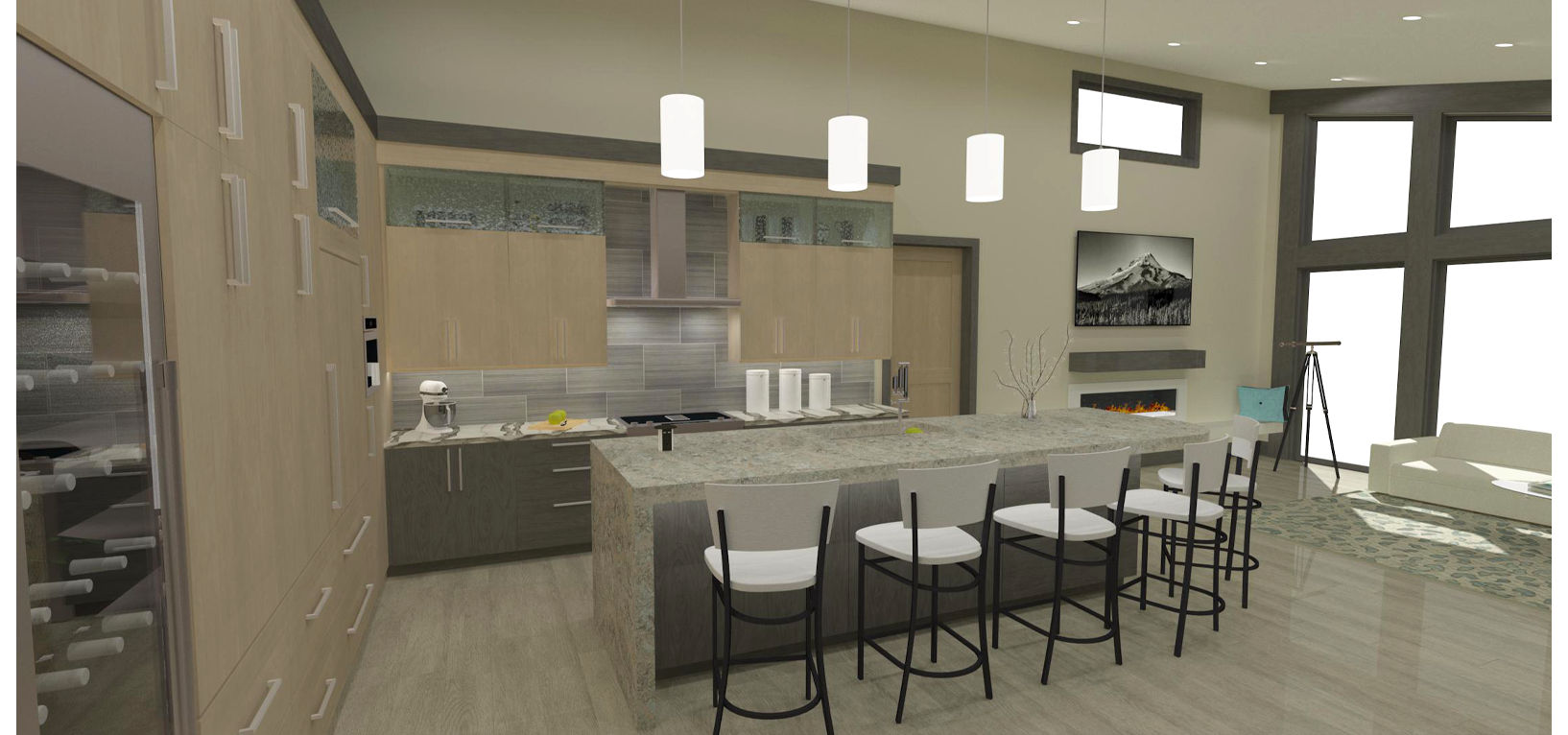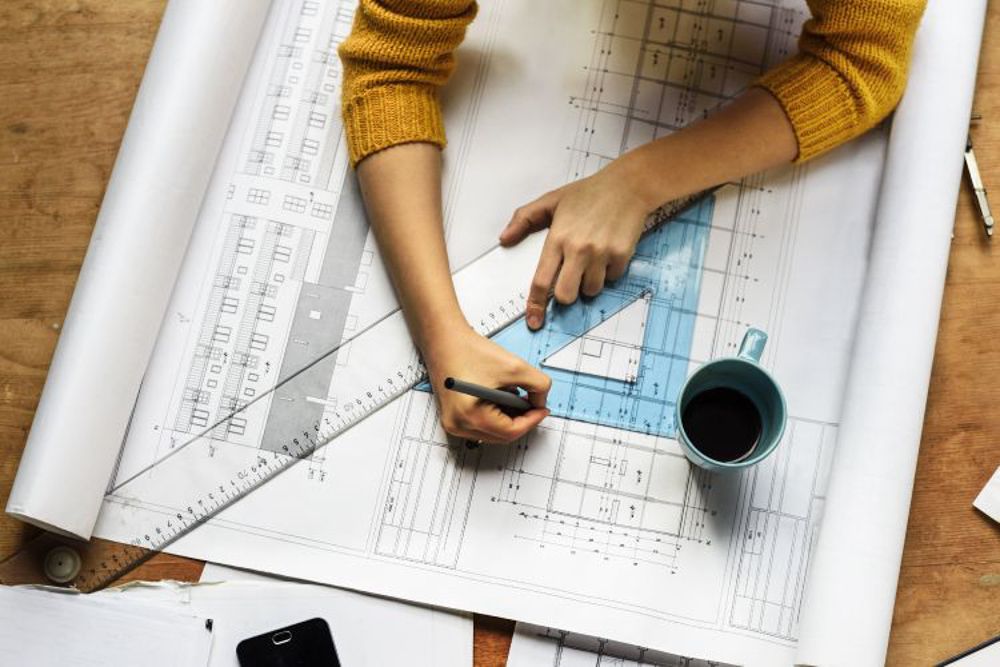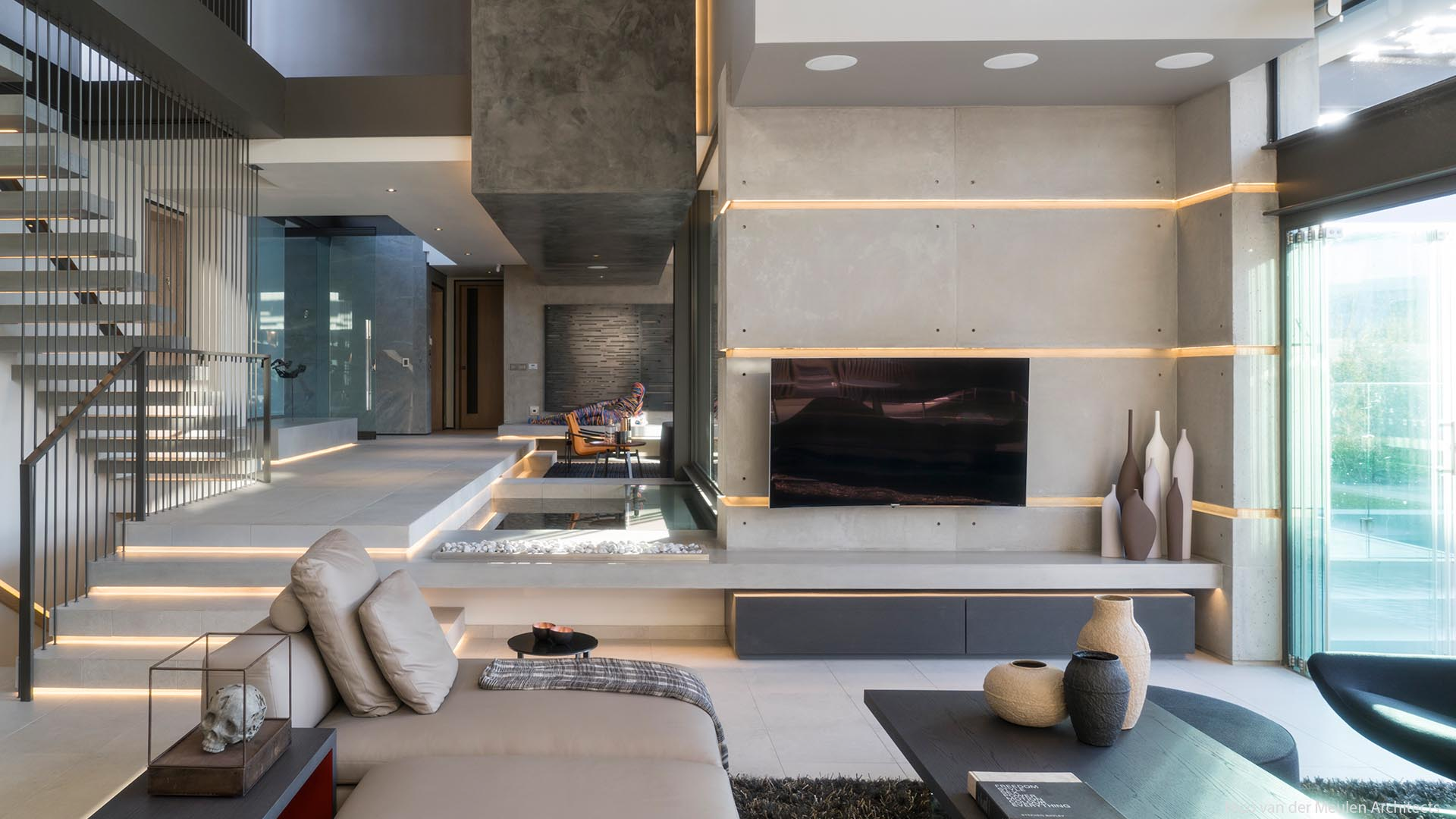The Art of Balance: Exactly How Interior Design and Home Engineer Collaborate for Stunning Outcomes
In the realm of home layout, striking an equilibrium in between appearances and capability is no little accomplishment. This delicate equilibrium is attained via the unified partnership between indoor developers and designers, each bringing their distinct knowledge to the table. Stay with us as we discover the details of this collective process and its transformative impact on home layout.
Comprehending the Core Differences Between Interior Layout and Home Design
While both interior style and home architecture play crucial roles in developing aesthetically pleasing and practical rooms, they are inherently various disciplines. It deals with the 'bones' of the structure, functioning with spatial measurements, load-bearing walls, and roofing layouts. On the other hand, indoor layout is more worried with boosting the visual and sensory experience within that framework.
The Synergy In Between Home Architecture and Interior Style
The synergy between home design and Interior Design hinges on a common vision of layout and the enhancement of functional looks. When these 2 areas align harmoniously, they can transform a home from normal to phenomenal. This collaboration requires a deeper understanding of each discipline's principles and the capability to produce a cohesive, visually pleasing atmosphere.
Unifying Style Vision
Merging the vision for home design and Interior Design can produce a harmonious home that is both practical and aesthetically pleasing. The balance begins with an integrated frame of mind; architects and interior designers team up, each bringing their competence. This unison of concepts develops the design vision, a plan that overviews the task. This common vision is crucial for uniformity throughout the home, making certain a liquid shift from exterior architecture to indoor areas. It promotes a synergistic strategy where building aspects complement Interior Design parts and the other way around. The result is a cohesive living room that mirrors the house owner's character, lifestyle, and preference. Hence, unifying the style vision is crucial in mixing architecture and Interior Design for sensational results.
Enhancing Functional Aesthetics
Exactly how does the synergy between home architecture and interior design enhance functional aesthetic appeals? Engineers lay the foundation with their architectural style, guaranteeing that the space is practical and reliable. A designer may develop a house with big windows and high ceilings.
Significance of Collaboration in Creating Balanced Spaces
The cooperation between indoor designers and architects is critical in developing well balanced areas. It brings consistency in between style and style, providing birth to spaces that are not just visually pleasing but additionally practical. Discovering successful joint techniques can supply understandings into exactly how this harmony can be successfully achieved.
Balancing Layout and Architecture
Equilibrium, a vital facet of both Interior Design and style, can only genuinely be achieved when these two areas work in consistency. This harmony is not simply an aesthetic consideration; it influences the functionality, toughness, and ultimately, the livability of an area. Inside designers and designers need to understand each other's functions, value their know-how, and communicate efficiently. They have to consider the interplay of architectural components with design, the circulation of rooms, and the impact of light and shade. This collective procedure causes a natural, balanced style where every component adds and has a purpose to the general visual. Harmonizing style and design is not simply concerning developing beautiful spaces, but about crafting spaces that function flawlessly for their inhabitants.
Successful Collaborative Approaches

Situation Researches: Effective Integration of Design and Style
Checking out numerous case research studies, it ends up being evident just how the effective assimilation of indoor layout and style can change a room. Architect Philip Johnson and interior developer Mies van der Rohe teamed up to produce a harmonious equilibrium between the interior and the framework, resulting in a seamless circulation from the outside landscape to the internal living quarters. These instance research studies underscore the extensive impact of an effective design and design cooperation.

Getting Rid Of Obstacles in Style and Architecture Cooperation
In spite of the look at more info obvious benefits of a successful cooperation in between Interior Design and architecture, it is not without its challenges. Interaction issues can develop, as both parties may utilize different terms, understandings, and techniques in their job. This can result in misconceptions and hold-ups in task completion. An additional major difficulty is the harmonizing act of aesthetic appeals and functionality. Designers might focus on structural honesty and safety and security, while developers concentrate on comfort and design. The integration of these purposes can be intricate. In addition, spending plan and timeline constraints commonly add pressure, possibly creating rifts in the collaboration. Effective interaction, shared understanding, and compromise are essential to overcome these difficulties and accomplish a effective and harmonious partnership.

Future Fads: The Developing Partnership Between Home Architects and Inside Designers
As the world of home style proceeds to develop, so does the partnership between designers and indoor designers. The pattern leans in the direction of a more collaborative and integrated strategy, breaking without typical roles. Designers are no more solely focused on architectural honesty, but likewise involve in boosting aesthetic charm - Winchester architect. On the other hand, indoor developers are embracing technical elements, influencing total important site layout and performance. This progressing synergy is driven by developments in innovation and the expanding need for rooms that are not just aesthetically pleasing yet also useful and sustainable. The future assures an extra natural, cutting-edge, and flexible strategy to home layout, as designers and architects continue to obscure the lines, fostering a relationship that truly embodies the art of equilibrium.
Verdict
The art of equilibrium in home style is achieved through the harmonious partnership in between interior developers and designers. An understanding of each other's techniques, reliable interaction, and shared vision are important in creating aesthetically sensational, functional, and welcoming areas. Despite obstacles, this partnership cultivates development and innovation in layout. my review here As the connection in between home designers and indoor developers evolves, it will certainly continue to form future trends, boosting comfort, performance, and personal expression in our space.
While both indoor design and home design play important functions in developing visually pleasing and useful spaces, they are inherently various disciplines.The synergy in between home architecture and interior layout exists in a shared vision of style and the improvement of functional aesthetics.Merging the vision for home style and interior design can produce an unified living room that is both functional and visually pleasing. Hence, unifying the design vision is important in mixing style and indoor design for spectacular outcomes.
Just how does the harmony between home architecture and interior style boost useful aesthetics? (Winchester architect)